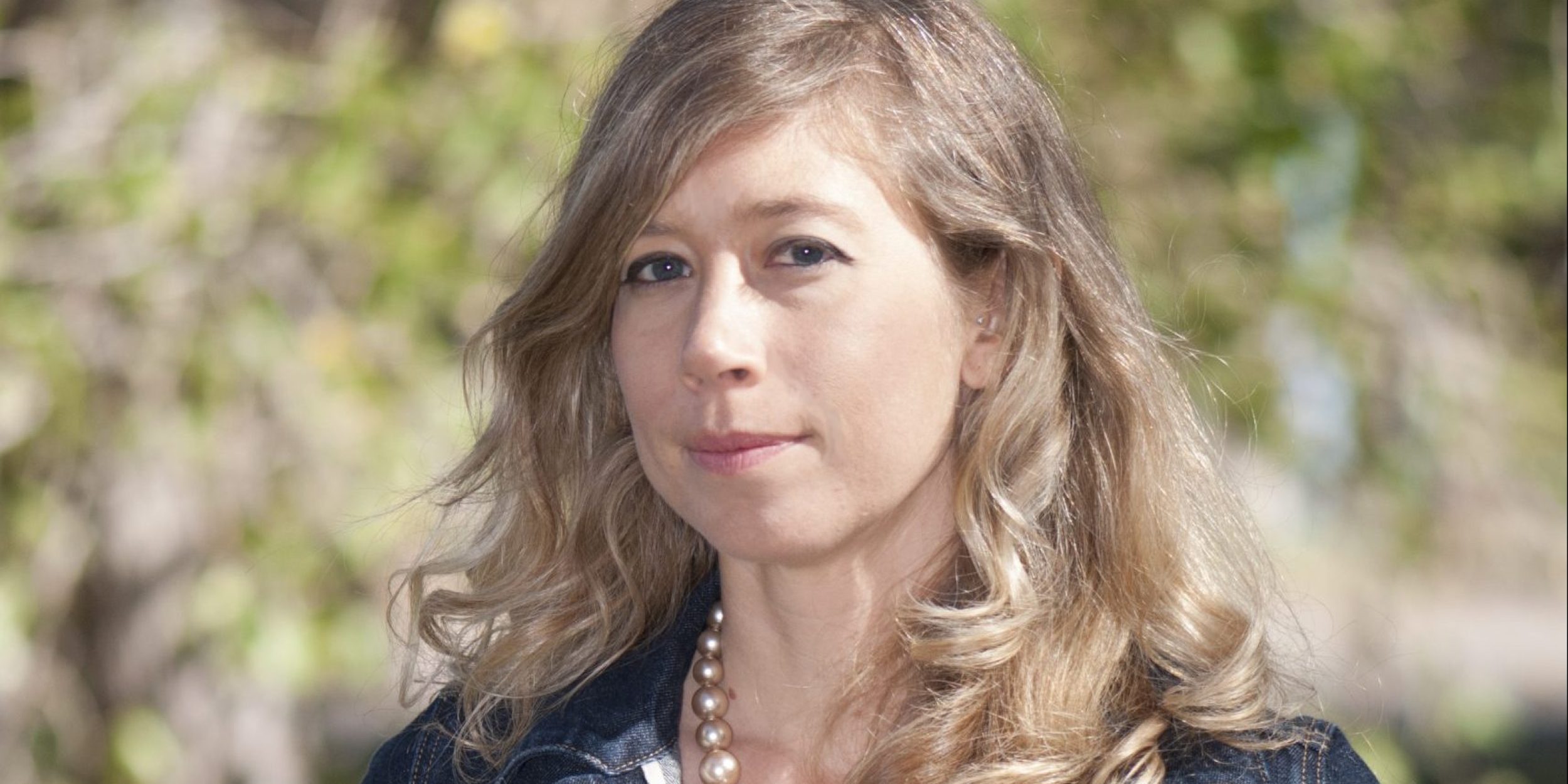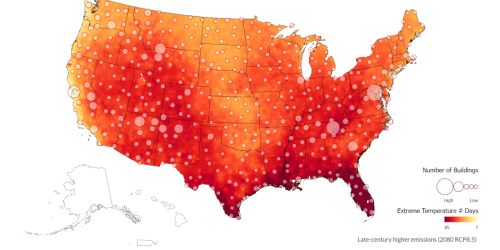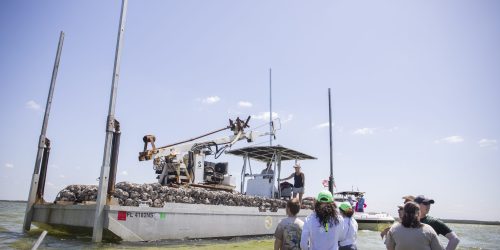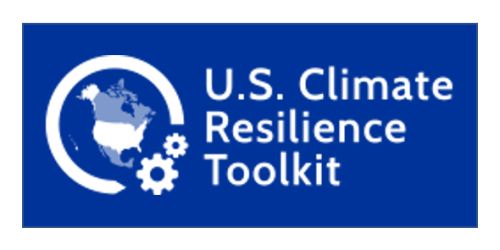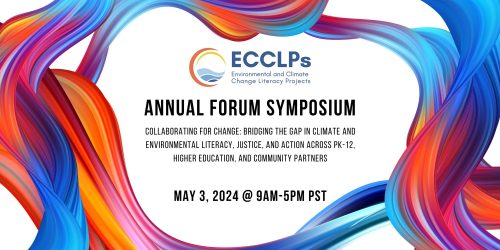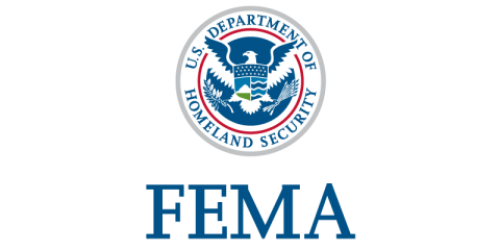The article continues a series of interviews with NOAA Climate Program Office (CPO) employees and CPO-funded scientists in celebration of Women’s History Month. Gigi Owen is a social scientist funded by CPO’s Regional Integrated Sciences and Assessments (RISA) program. She works for the Climate Assessment for the Southwest (CLIMAS) RISA Team, which is housed at University of Arizona in Tucson. Gigi also mentors students, engages with local communities, and explores impacts of social and environmental stressors on the Southwest. CPO communications intern Melissa DeFrancesco conducted this interview.
“I highly encourage people to think about how their research will make an impact in the world,” says Gigi. “No one has said this information in the way that you’re going to say it, or through the lens of your experience.”
Our conversation follows.
Pre-college, what set you on the course to where you are now? When you were younger did you ever picture yourself being a scientist?
It’s funny because I recently looked back through boxes in my mom’s garage of old things I wrote in high school and as a kid, a lot of them were environmentally focused. I think I won “most likely to be an environmentalist” in high school. So, I feel like I’ve always been connected to nature. I don’t think that I translated that into being a scientist at a young age. I didn’t put those together until I got into college. As I took more wildlife biology courses and chemistry, I felt like I asked questions in different ways than those sciences did. That led me to the path of social sciences, and asking questions like, “How are people engaging with the environment? How does where people live impact who they are, and vice versa? How do people impact the environments around them?”
One of my most formative experiences was going to Costa Rica through a Tropical Ecology study abroad program in my junior year of college, which was 2001. Just being there and seeing this breadth of biodiversity and things I never imagined existing in the world was eye-opening. Seeing ways that different cultures talked about the environment and interacted with it—that was also very interesting to learn about.
Then I got more into political ecology, which is where I would place myself now. I lived in Hermosillo, Sonora, Mexico for a couple of years, from 2002 to 2004, and I was studying buffelgrass. Buffelgrass is an invasive grass species that was brought to the U.S. by the U.S. Department of Agriculture to help with cattle ranching, but it took over the landscape so they outlawed planting it because it would take over these natural landscapes. However, it’s still very much in use in the Sonoran Desert, which crosses the U.S.-Mexico border between Arizona and Sonora, Mexico. We were looking at the different impacts that buffelgrass was having in the Sonoran Desert ecosystems, and one of the things that I learned about was how integral ranching culture was to Sonoran daily life. So it’s not just a clear cut, environmentalist or scientist viewpoint of “This grass is decimating this wildland ecosystem, so it should be eradicated.” Instead, it’s recognizing that there is much more complexity around economic and political variables, as well as social and cultural attachments. I feel like I’ve really come to understand these human-environment interactions and how all the different layers shift and change.
Your undergraduate major, Nature and Culture, is unique. Can you tell me more about it?
I went to UC Davis for undergrad, and they have this degree called Nature and Culture. It was a mix of wildlife biology and molecular biology, and basically the sciences mixed with environmental literature, poetry, art, environmental anthropology, and more. It was actually a really nice container because it allowed me to design my own experience. You would choose classes from categories like science, social science, and arts and humanities and kind of combine it into your own interdisciplinary curriculum. I felt pretty lucky to be able to do that and to have access to a variety of professors who were in other disciplines.
Did you grow up in the Southwest? How did you come to be so connected to that region?
I grew up in Los Angeles, California. Then I went to UC Davis, which is near Sacramento, California. After that, I got this field ecology position with a buffelgrass researcher working in Sonora, Mexico for a couple of years. Then I moved to Tucson, Arizona in 2003, and I’ve been here ever since. Additionally, my grandparents lived in Tucson, so I spent summers here as a child.
Tucson in the late 1980s was so different from today’s Tucson. There were fewer people, a lot more desert, and less development. I can vividly remember the monsoon storms—I had never seen rain fall sideways before. It was hot, but I didn’t mind because we got to go swimming in the community pool. I also remember early morning walks with my grandmother and seeing little bunnies, roadrunners, all kinds of lizards, and the imprints of sidewinder snakes moving across the sand. I think that made me feel comfortable in the desert ecosystem.
What have been some of your favorite CLIMAS projects to be involved in?
I conducted a social network analysis of the wildfire management community several years ago, which involved surveys and several in-depth interviews with wildfire managers in the Southwest. I learned about the seasonality of wildfires, how management decisions were made, how resources were shared, and how—at that time, back in 2010-2012—climate was just starting to play a role in fire management and planning. Getting to peek into the inner workings of fire management was especially interesting to me because I spent a summer on a wildfire crew in California in the early 2000s doing the on-the-ground fire fighting.
Are you able to share anything about your research surrounding the COVID-19 pandemic and food systems, or is it still a work in progress?
Yes, that’s been a really interesting project. In 2019, I began to evaluate food waste and other climate and food issues in the Southwest. Then COVID happened. So I pivoted to talking to people who are involved in food work in southern Arizona—like food producers and distributors, food banks, and advocacy groups—about the impacts they were facing. The idea was to document in the moment how people were adapting to these uncertain conditions and cascading layers of risk, and what lessons we can learn from that. In this case it was the global pandemic, but this information could apply to other pandemics, or climate change. In the Southwest, it could be applied to extended drought and other kinds of environmental disasters.
We put out a report based on our findings, and we’ve talked to a lot of other people around the country who did similar assessments and we all saw very similar things. One big theme is that the grocery store supply chain shut down early in the pandemic, so people turned locally, which renewed interest in local food systems.
I know that your work includes a lot of science mentorship. What kind of things do you share with mentees, and do you have a message that you’d like to share with younger generations of women who want to pursue a similar career in the sciences?
It’s funny, I feel like a lot of the work I do is still in development, so it’s hard to say because I don’t even know where my career path goes yet. But in 2013, I started the Environment & Society Fellowship, funded through CLIMAS and the University of Arizona. We support and mentor three to five graduate students each year in practicing collaborative research or collaborative science communications or outreach. Collaborative research can take a lot of different forms, but in general I think of it as working with a group of people to address an issue through collective inquiry. Collaborative research in fellowship projects range from network building, to writing tailored reports, analyses, to developing decision-support tools or other types of materials that meet partners’ needs.
I think that collaborative research is extremely important if we want to have any impact in the world, especially on large scale, complex issues like climate change. But it’s not well-supported in academia. I feel like that culture is changing, because I see students wanting to have an impact and not just do science for science’s sake. But it’s really difficult because you have a lot of demands on your time in school and the timeline of doing collaborative work doesn’t always match up. Especially for a two-year master’s program, it’s hard to build those relationships and do the project and get all your coursework done in that time period. What we try to do is just give people space to test things out and build their own relationships with people. The feedback that we’ve gotten so far is that we’ve created a space that isn’t provided elsewhere in their academic experience. I think the more evidence of positive impacts we can capture, the more we can make space for that in the academic realm so that people are able to have these opportunities.
Do you have any female role models in your field who have inspired you?
The person who first comes to mind is Dr. Diane Austin. Her approach to mentoring undergraduates and graduate students in doing collaborative research has inspired me and so many of my peers and colleagues. I worked with Dr. Austin at the Bureau of Applied Anthropology at the University of Arizona after completing my master’s degree. As a research specialist, I worked on an EPA-funded research project about air quality and helped manage an undergraduate internship program in the Nogales, Arizona and Nogales, Sonora border region. By working with Diane, I gained first-hand experience with community-based participatory research and learned how to apply academic inquiry and research to societal problems with tangible benefit for communities.
Diane has actively built and maintained partnerships with community members in Nogales and incorporated their expertise and research needs into the work we did. These relationships have continued over decades. She published an article called “Partnerships not Projects” about this work on the border, and each year I have the students read it for the Environment & Society Fellowship program that I run. It really drives home the idea that building lasting relationships and trust are key to doing work that matters in the world. My experience working with Diane Austin continues to shape the work and research that I do.
Do you have any favorite places for outdoor recreation currently in the Southwest?
Tucson, where I currently live, is surrounded by beautiful landscapes, so it’s really easy to get out into nature. Mt. Lemmon and the Catalina National Forest to the north are where I go to escape the summer heat or visit the snow. Saguaro National Park sits on either side, east and west, of the city. I bike and hike pretty regularly in the Tucson mountains, and see all kinds of animals like deer, javelinas, tarantulas, and hawks, and the seasonal changes in vegetation. Summer is so interesting here, because yes it’s incredibly hot, but then the rains come and the desert is so alive. The cacti bloom and everything gets really green. Everyday I appreciate my proximity to desert wildlife and plant life.
Do you have any other career advice to share?
I highly encourage people to think about how their research will make an impact in the world! It’s a very winding path, but I think that’s the only way forward in addressing global issues and understanding how those play out locally. I actually got some really good advice once, that “no one has said this information in the way that you’re going to say it, or through the lens of your experience.” And for these challenging issues we need everyone on board, so please continue to put your work out there.
Special thanks to Gigi Owen for participating in this interview for Women’s History Month at NOAA.


